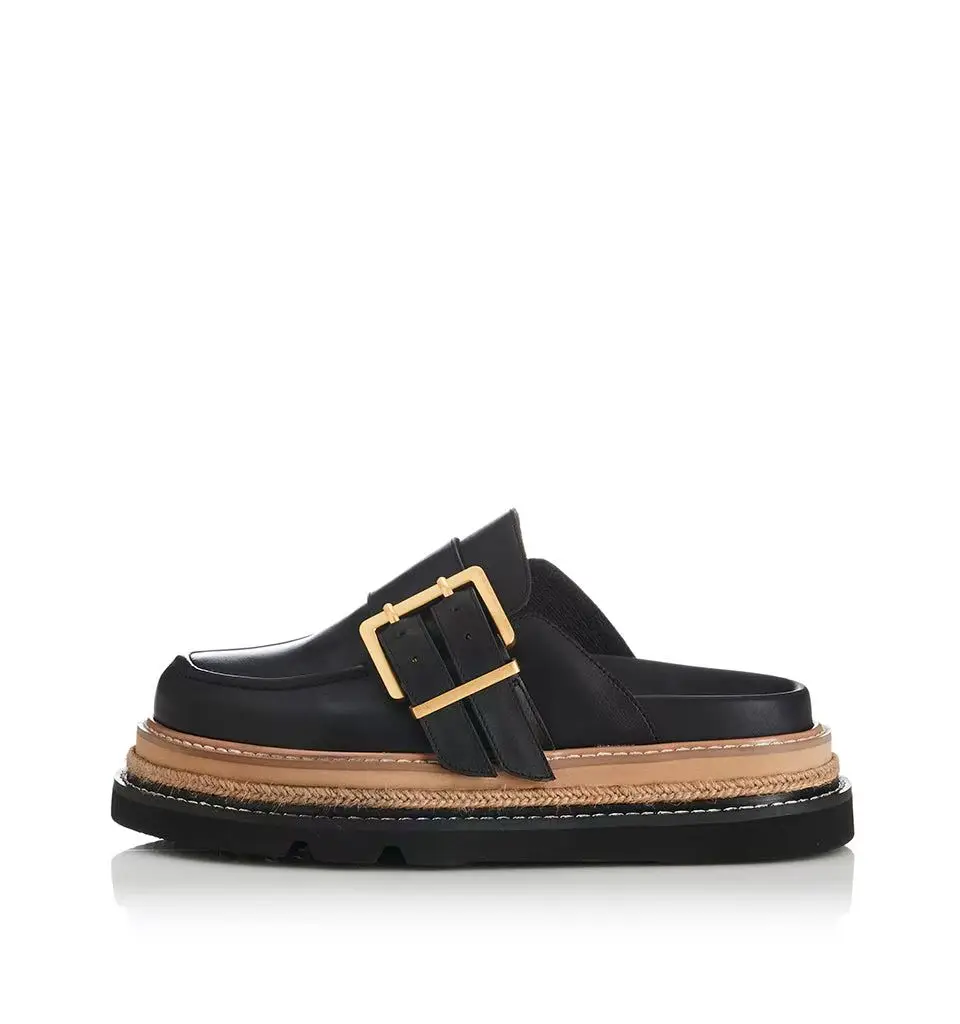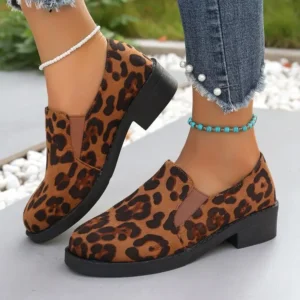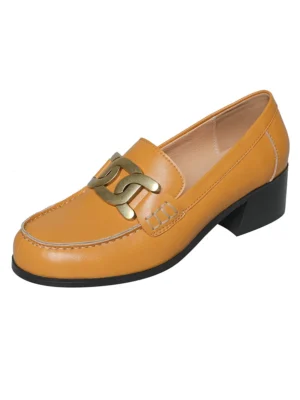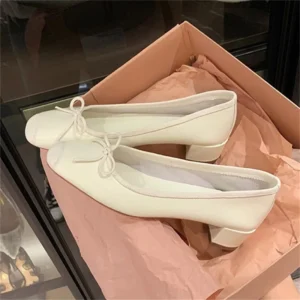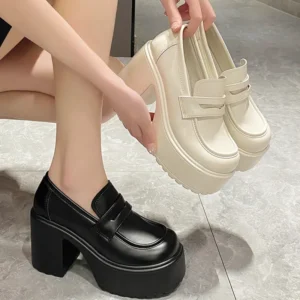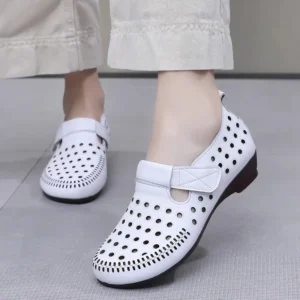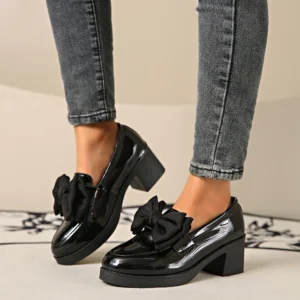Introduction: Understanding the Appeal and Concerns of Wedge Heels
When it comes to fashionable footwear that offers both style and relative comfort, wedge heels have long maintained their popularity among shoe enthusiasts. Many women turn to wedges as a seemingly more comfortable alternative to stilettos while still achieving that desired height and silhouette enhancement. But beneath their fashionable exterior lies an important question that deserves careful consideration: Are wedge heels actually better for foot health?
The answer isn’t as straightforward as a simple yes or no. While wedges do offer certain structural advantages over traditional stiletto heels, their impact on foot health depends on multiple factors including design, height, materials, and wearing habits. Understanding these nuances is crucial for making informed footwear choices that balance style with comfort.
Throughout this article, we’ll explore the biomechanics of wedge heels, their potential benefits and limitations, how they compare to other footwear types, and what features to look for in foot-friendly designs. Drawing on insights from podiatrists and foot health specialists, we’ll provide a comprehensive perspective on how wedges interact with different aspects of foot health.
For those who regularly navigate between comfort and style in professional office loafer outfits, understanding the impact of different heel types becomes especially important. Before making your next footwear purchase, it’s worth comparing block heels and their impact on feet alongside what you’ll learn about wedges in this guide.
What Makes Wedge Heels Different? The Structural Advantage
Wedge heels feature a distinctive design characterized by a continuous sole that provides elevation from heel to toe. Unlike traditional heels that create a gap between the heel and front of the shoe, wedges offer solid support along the entire length of the foot. This fundamental difference in structure creates several biomechanical advantages.
The most significant structural benefit of wedges is their broader base of support. While a stiletto concentrates pressure on a tiny area beneath the heel, a wedge distributes weight across a substantially larger surface. This distribution follows basic physics principles: greater surface area means less pressure per square inch on the foot and ground. For example, a typical stiletto might have a contact area of less than one square inch, while a wedge provides several times that amount.
This structural difference directly affects how the foot functions during walking. The continuous support from heel to toe creates a more gradual transition in weight bearing compared to the abrupt shifts experienced with traditional heels. Additionally, the solid base provides lateral stability that narrow heels simply cannot match.
Understanding why wedge heel loafers have gained popularity among comfort-conscious fashion enthusiasts helps explain their enduring appeal. For those interested in exploring comfortable elevation options, our collection of women’s wedge heel loafers demonstrates how this structural advantage can be incorporated into versatile footwear designs.
The Potential Benefits: When Wedges Can Be Foot-Friendly
When designed thoughtfully, wedge heels can offer several potential benefits for foot health:
- Enhanced stability and balance: The wider base provides better stability than narrow heels, reducing the risk of ankle rolls and falls.
- Improved weight distribution: Wedges spread pressure more evenly across the foot rather than concentrating it on the ball of the foot and heel.
- Reduced forefoot pressure: Compared to stilettos, wedges decrease the intense pressure that builds up under the metatarsal heads (ball of the foot).
- Built-in arch support: Well-designed wedges can incorporate arch support that helps maintain proper foot alignment.
- Greater comfort for extended wear: The more stable platform often translates to less fatigue during longer periods of standing or walking.
- Versatility without extreme discomfort: Wedges can achieve fashionable height without the acute discomfort associated with pointed, narrow heels.
For individuals with certain foot structures, wedges offer specific advantages. Those with high arches might find that moderate wedges provide helpful support beneath the arch area that’s often missing in completely flat shoes. Meanwhile, people with flat feet can benefit from wedges that incorporate proper arch support and a gradual incline.
The continuous sole of a wedge can also provide a more natural walking motion compared to traditional heels, which force an uneven gait pattern. This more fluid movement puts less stress on the ankle and knee joints during each step.
For those seeking modest elevation without the drawbacks of higher heels, women’s low heel loafers offer an excellent alternative. When making footwear choices for professional settings, understanding the differences between loafers and heels as professional footwear can help you strike the right balance between comfort and style.
The Hidden Drawbacks: Foot Health Concerns with Wedges
Despite their advantages over stilettos, wedge heels aren’t without their own set of potential foot health concerns. Understanding these limitations is crucial for making informed choices about when and how to wear them.
Not all wedges are created equal. Significant variations in design can dramatically affect their impact on foot health. Key concerns include:
- Altered natural foot position: Even with better weight distribution, any raised heel fundamentally changes the foot’s natural alignment and weight-bearing pattern.
- Pitch problems: The angle (or pitch) from heel to toe can be just as steep in wedges as in traditional heels. A dramatic incline still forces weight forward onto the ball of the foot.
- Restricted foot movement: Many wedges have rigid soles that don’t allow the foot to flex naturally during walking, potentially leading to muscle imbalances over time.
- Platform risks: Higher platform wedges may increase the risk of ankle injuries by reducing proprioception (your awareness of foot position) and creating instability.
Regular wear of wedge heels, particularly those with steeper angles or greater heights, can lead to several foot problems:
- Altered walking mechanics that affect posture and alignment throughout the body
- Metatarsalgia (pain and inflammation in the ball of the foot)
- Progressive tightening of calf muscles and shortening of the Achilles tendon
- Toe crowding that contributes to the development or worsening of bunions, corns, and hammertoes
- Increased pressure on the knees and lower back from postural changes
- Toe gripping issues with backless wedge designs as feet try to keep the shoes in place
When considering everyday comfort, many people find themselves debating between completely flat shoes and low heels. Understanding the differences in flat versus low heel comfort can help you determine which option better suits your specific foot structure and daily activities.
How Wedges Compare: A Footwear Hierarchy for Foot Health
To truly understand where wedge heels fit in the spectrum of foot-healthy footwear, it’s helpful to compare them directly with other common shoe styles:
| Footwear Type | Stability | Pressure Distribution | Natural Foot Movement | Overall Foot Health Impact |
|---|---|---|---|---|
| Athletic shoes | Excellent | Excellent | Excellent | Minimal negative impact |
| Supportive flats | Very good | Very good | Very good | Minimal negative impact |
| Low wedges (1-2”) | Good | Good | Fair | Mild negative impact |
| Block heels (1-2”) | Good | Fair | Fair | Moderate negative impact |
| Higher wedges (3”+) | Fair | Fair | Poor | Significant negative impact |
| Platform wedges | Fair to poor | Fair | Poor | Significant negative impact |
| Stilettos | Poor | Poor | Poor | Severe negative impact |
Wedges generally outperform stilettos and other narrow heels in stability and pressure distribution. A 2-inch wedge typically creates less forefoot pressure than a 2-inch stiletto because the weight is spread across a larger surface area.
Block heels share some advantages with wedges, particularly in terms of stability. However, the gap between heel and forefoot in block heels creates a different weight distribution pattern. While block heel loafers offer good stability, they don’t provide the continuous support along the arch that wedges do.
Compared to completely flat shoes, wedges create more forefoot pressure and alter natural foot mechanics. However, some people with heel pain conditions may find that a slight wedge actually relieves symptoms by reducing tension on the plantar fascia and Achilles tendon.
Context matters significantly when choosing between these options. A low wedge might be appropriate for a day with moderate standing and walking, while supportive flats would be better for high-activity days. Understanding this hierarchy helps you make situation-appropriate footwear choices that balance style needs with foot health considerations.
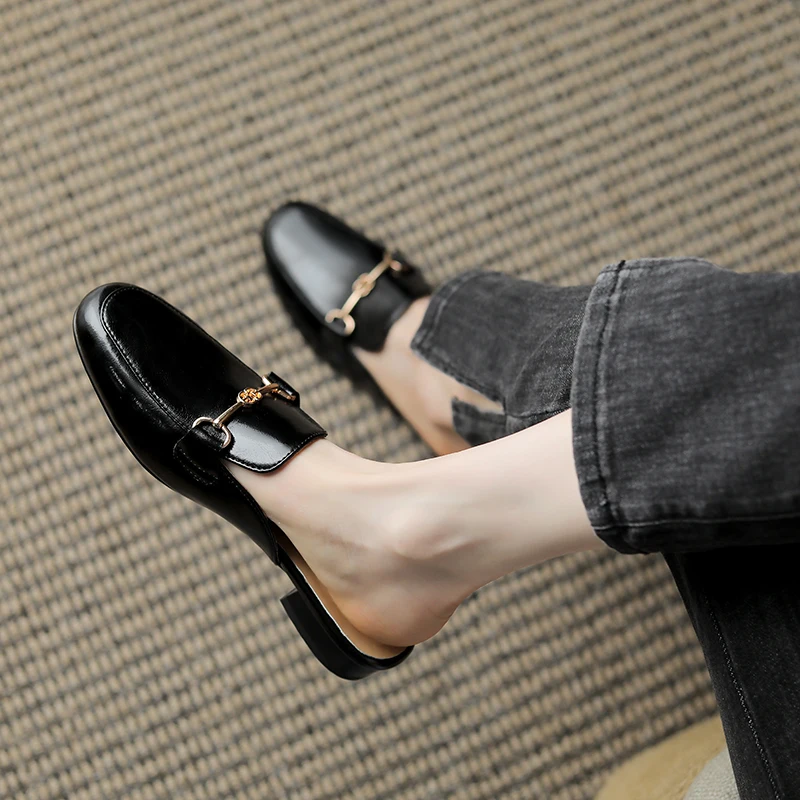
Finding Foot-Friendly Wedges: Key Features to Look For
When shopping for wedge heels that minimize negative impacts on foot health, pay close attention to these important features:
Moderate heel height: Look for wedges between 1.5-2 inches (3.8-5 cm) for everyday wear. This range provides elevation without creating excessive forefoot pressure or dramatically altering your posture.
Gradual incline: The slope from heel to toe should be as gradual as possible. Steeper angles force more weight onto the ball of the foot, regardless of the wedge structure.
Proper arch support: The wedge should follow the natural contour of your foot, providing support precisely where your arch needs it. This feature helps distribute weight evenly across the entire foot.
Cushioned footbed: Look for designs with adequate padding, particularly under the ball of the foot where pressure concentrates. Memory foam or other shock-absorbing materials can significantly improve comfort.
Roomy toe box: Your toes should lie flat and have room to spread naturally. Compressed toes lead to problems like hammertoes, corns, and neuromas over time.
Secure fastening: Straps, laces, or other closures that keep the foot properly positioned prevent slipping forward and excessive toe gripping.
Breathable materials: Quality leather, suede, or technical fabrics allow air circulation and help prevent moisture buildup that can lead to blisters.
Appropriate flexibility: The sole should flex somewhat at the ball of the foot while maintaining structure, allowing for more natural walking motion.
Lightweight construction: Heavier shoes require more effort to lift with each step, creating additional strain on the legs and feet.
Perfect fit: There should be no slipping at the heel, pinching at the sides, or gaps around the foot. Try shoes on late in the day when feet are naturally more swollen.
Understanding these features helps you make better choices when considering how to wear loafers at the office or for other settings that require extended periods of standing or walking. For days when maximum comfort is the priority, our collection of comfortable flat loafers provides stylish alternatives that place minimal stress on the feet.
Wedges and Foot Conditions: When to Choose (or Avoid) Them
Different foot conditions require specific considerations when it comes to wearing wedge heels:
Plantar Fasciitis: A low to moderate wedge (1-2 inches) can sometimes help by reducing tension on the plantar fascia. However, wedges with poor arch support or excessive height can worsen symptoms. Look for designs with cushioned insoles and proper arch support.
Flat Feet: Individuals with flat feet should seek wedges with substantial arch support built into the design. The continuous sole of a wedge can provide better support than separated heels, but only if the arch contour matches your foot’s needs.
High Arches: People with high arches need extra cushioning to compensate for their foot’s limited natural shock absorption. Look for wedges with cushioned footbeds and avoid excessive heights that increase pressure on the ball of the foot and heel.
Bunions and Hammertoes: These conditions require wedges with a wide, rounded toe box that doesn’t compress the front of the foot. Any pressure on existing bunions or hammertoes will exacerbate pain and potentially worsen the condition.
Achilles Tendinitis: While a slight heel elevation can temporarily relieve Achilles tension, consistent wear of wedges can lead to tendon shortening over time. If you have this condition, limit wedge wear and perform regular calf stretches.
Neuromas: Morton’s neuroma and other nerve conditions worsen with compression and pressure on the forefoot. Choose wedges with ample toe box width and avoid styles that squeeze the forefoot.
Ankle Instability: The solid base of wedges may provide helpful structure for mild instability, but platform styles or taller wedges can increase the risk of ankle rolls and sprains for those with chronic instability issues.
Understanding how wedge heels interact with specific foot conditions helps you make smarter choices. For more detailed information on this topic, our guide on foot health and wedge heel loafers provides condition-specific recommendations from foot health experts.
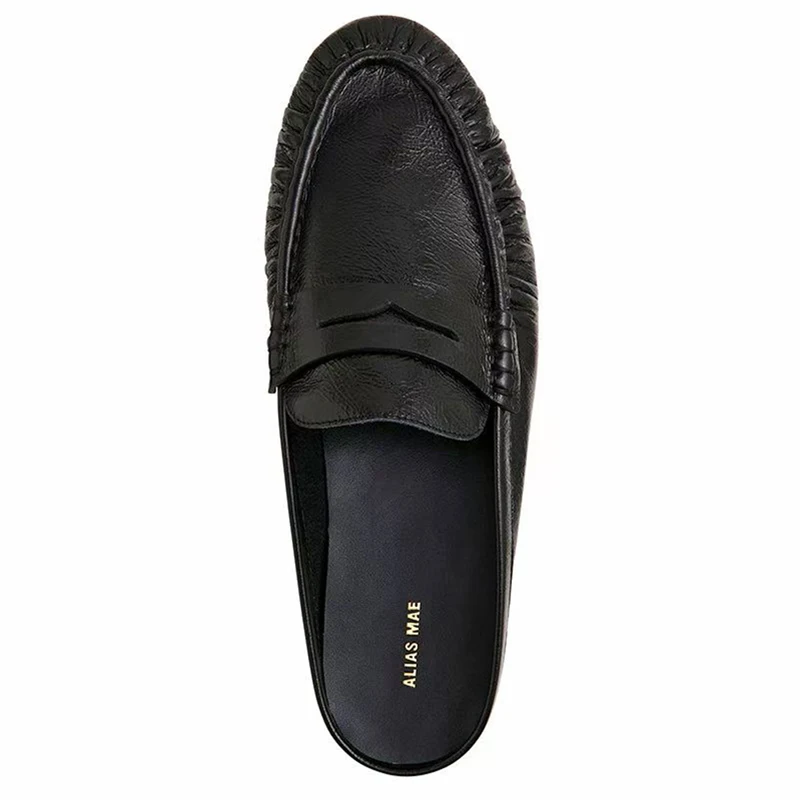
Wearing Wedges Wisely: Strategies to Minimize Foot Strain
Even with foot-friendly wedges, how you wear them significantly impacts their effect on your foot health. Implement these strategies to minimize potential strain:
Limit wearing time: Reserve wedges for occasions rather than everyday wear. Consider bringing supportive flats to change into when possible.
Choose appropriate heights for activities: Lower wedges (1-2 inches) are better for days with substantial walking, while higher styles should be limited to events with minimal movement.
Practice proper walking technique: Take smaller steps, engage your core muscles, and avoid leaning back to compensate for the forward tilt.
Stretch before and after: Simple stretches for your calves, Achilles tendons, and foot arches help counteract the effects of altered foot position:
- Calf stretch: Stand facing a wall with one foot forward, back heel down, and lean forward
- Toe stretches: Gently pull toes back toward shin while seated
Foot rolls: Roll the arch of your foot over a tennis ball for 1-2 minutes per foot
Use supportive inserts: Consider adding cushioned insoles or metatarsal pads to reduce pressure on the ball of the foot.
Rotate your footwear: Alternate between different shoe types throughout the week to prevent repetitive stress on the same areas.
Break in new wedges gradually: Wear them for short periods initially, increasing duration as your feet adapt.
These practical strategies can make a significant difference in how your feet tolerate wedge heels. For more versatile footwear options that complement various outfits while prioritizing comfort, explore our guide to business casual loafer outfits and our selection of women’s heeled loafers with moderate heights.
Women's Comfortable Flat Loafers, Women's Leopard Print Loafers, Women's Low Heel Loafers
$82.50 Select options This product has multiple variants. The options may be chosen on the product pageWomen's Block Heel Loafers, Women's Heeled Penny Loafers, Women's Monk Strap Loafers
$194.04 Select options This product has multiple variants. The options may be chosen on the product pageWomen's Block Heel Loafers, Women's Square Heel Loafers, Women's Square Toe Flat Loafers
Price range: $73.61 through $86.41 Select options This product has multiple variants. The options may be chosen on the product pageWomen's Black Platform Loafers, Women's High Heel Loafers, Women's High Platform Loafers, Women's White Platform Loafers
$106.67 Select options This product has multiple variants. The options may be chosen on the product pageWomen's Comfortable Flat Loafers, Women's Leather Flat Loafers, Women's Round Toe Flat Loafers
$124.88 Select options This product has multiple variants. The options may be chosen on the product pageWomen's Black Heeled Loafers, Women's Black Platform Loafers, Women's Block Heel Loafers, Women's Chunky Heel Loafers
$72.58 Select options This product has multiple variants. The options may be chosen on the product page
Frequently Asked Questions About Wedges and Foot Health
Are wedge heels better for your back than stilettos?
Yes, wedges typically cause less back strain than stilettos because they provide more stability and a more natural alignment. However, any heel that alters your posture can potentially cause back issues with prolonged wear.
Can people with wide feet comfortably wear wedges?
Yes, but they should specifically look for wedges with wide toe boxes. Many wedge styles offer more room across the forefoot than other heel types, making them potentially more accommodating for wide feet.
What’s the difference between wedge heels and wedge sandals?
The main difference is coverage and support. Wedge heels typically enclose more of the foot, providing better stability, while wedge sandals have open designs that offer less support despite sharing the same sole structure.
Are platform wedges worse for your feet than regular wedges?
Generally yes. While platforms reduce the effective heel height (the difference between heel and toe elevation), they also raise the entire foot further from the ground, reducing stability and increasing the risk of ankle rolls.
Are espadrille wedges good for your feet?
Espadrille wedges with jute or rope soles tend to be relatively foot-friendly if they’re not too high. Many have flexible soles that allow more natural foot movement, though they often lack sufficient arch support.
How often can I wear wedge heels without causing foot problems?
For moderate height wedges (1.5-2 inches), 2-3 non-consecutive days per week is generally reasonable for most people. Higher wedges should be limited to occasional use, perhaps once weekly or for special events.
Can orthotic inserts be used with wedge heels?
Some low-profile orthotics can work in wedges with removable insoles or deeper toe boxes. However, full custom orthotics typically don’t fit well in most fashion wedges due to space limitations.
Are wedge sneakers healthier than regular wedge heels?
Wedge sneakers often provide better arch support, cushioning, and flexibility than dressier wedge styles, making them generally more foot-friendly. However, they still alter natural foot position and shouldn’t replace proper athletic shoes.
For those seeking quality footwear that balances style with comfort, Artisan Haul’s collection of women’s leather heeled loafers offers options crafted with premium materials and attention to comfort-enhancing details.
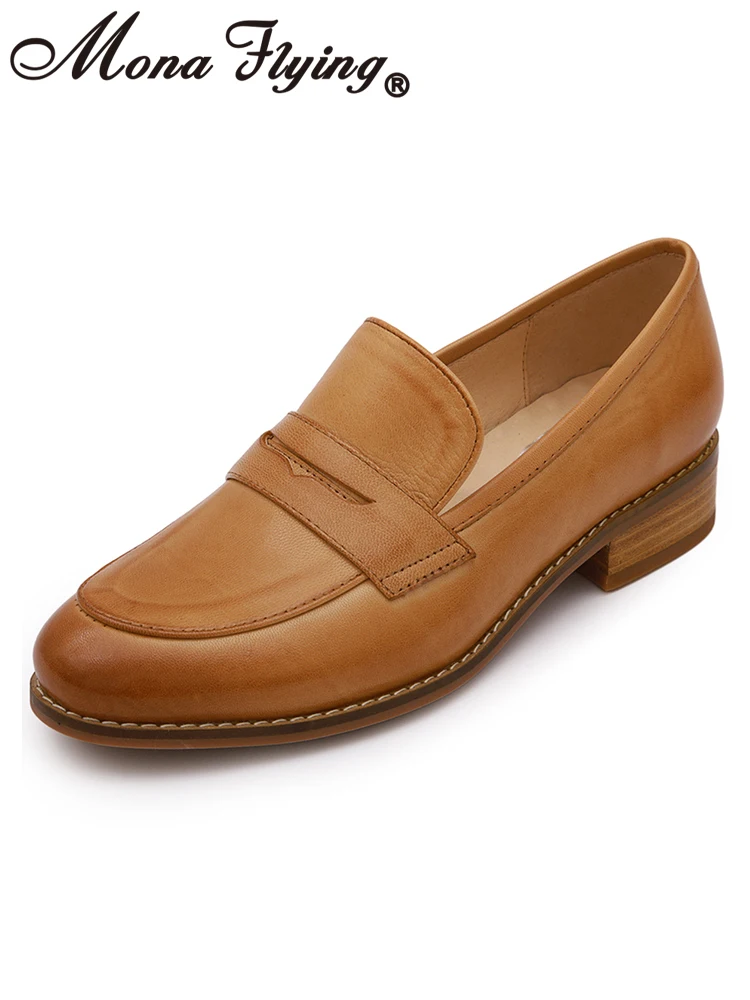
When to Consult a Podiatrist About Your Footwear
While making informed footwear choices is important, knowing when to seek professional advice is equally crucial. Consider consulting a podiatrist if you experience:
- Persistent foot pain that doesn’t resolve with rest or footwear changes
- Pain that begins in your feet but radiates to your knees, hips, or back
- Significant changes in how your feet look (new bunions, hammertoes developing)
- Recurring blisters, corns, or calluses in specific areas
- Difficulty finding comfortable shoes despite trying different styles
- Existing foot conditions that seem to be worsening
Podiatrists can provide valuable personalized recommendations based on your unique foot structure, gait pattern, and lifestyle needs. They can conduct comprehensive evaluations including gait analysis to identify how different shoes affect your biomechanics.
For those who love the style of wedges but struggle with comfort, a podiatrist can recommend specific modifications or even prescribe custom orthotics designed to work with certain wedge styles. Their expertise ensures you’re making the healthiest possible choices for your feet while still embracing your personal style preferences.
Remember that prevention is always better than treatment when it comes to foot health. Addressing concerns early can help prevent minor issues from developing into chronic problems that limit your footwear choices and affect your mobility and comfort.

